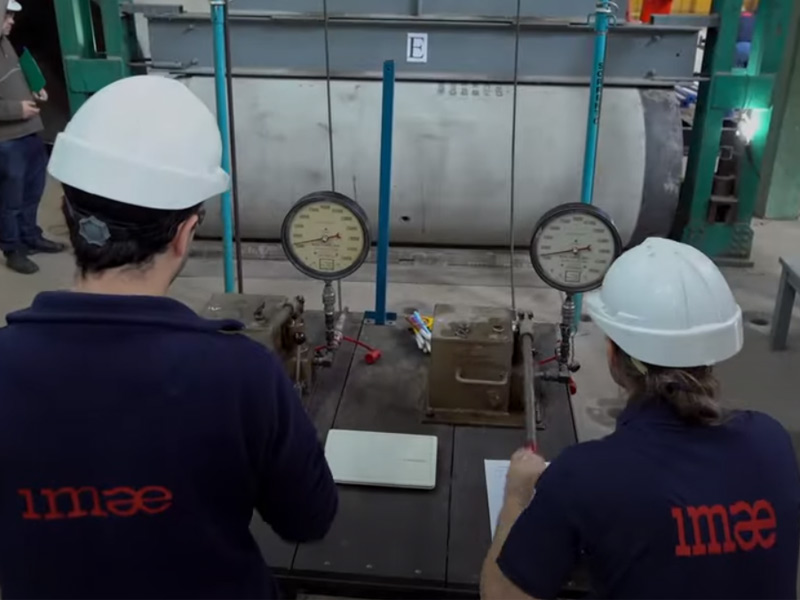The construction industry generates a strong environmental impact. It is estimated that more than two tons of raw materials are needed just to build one square meter.
Therefore, it is essential to rethink and use resources that can make this industry more sustainable, reduce emissions, or mitigate consequences. In this line, Argentine engineers have created an innovative proposal: recycled concrete.
The material consists of reusing some waste as aggregates for the production of new concretes. This way, natural aggregates are totally or partially replaced to reduce environmental problems and optimize costs.
## Sustainable construction: what recycled concrete is like

Concrete is a high-quality, resistant, and durable product. It is a central element in all construction and is basically composed of three elements: cement, water, and aggregate materials.
Additives, supplements, and fibers are added according to the intended use. The production as a whole requires the exploitation and processing of large quantities of non-renewable natural resources.
That is why a team from the Institute of Applied Mechanics and Structures (IMAE) of the National University of Rosario developed a type of recycled concrete. The same concrete made with recycled aggregates and aggregates from the crushing of waste from the same material and other infrastructures.
“Recycled concrete gets its name because it uses materials that have been recycled in its composition. These can come from various sources, including concrete itself, and undergo recovery processes for reuse,” explained Lara Decaroli, a member of the Materials Technology Laboratory at IMAE, to El Ciudadano Web.
“Other materials that replace components of concrete such as cement with ashes, clays, blast furnace slag, or that replace coarse aggregates of concrete can also be used,” she added.
“This would be the case of plastics or stones from retak, that is, cellular concrete bricks that are crushed and used to replace stone or, to some extent, natural sand,” she added.
## Ecological cement and energy efficiency: building greener cities

Currently, talking about “greener” cities not only refers to adding vegetation and trees. Sustainable construction is gaining ground in cities around the world, hand in hand with some innovations.
Designing, building, and constructing in a more environmentally friendly way or minimizing the impact on the planet also includes efficiency in resource use and making it healthier for both occupants and the environment.
Leading companies in the industry, such as Holcim Argentina, have also begun to implement innovations in this regard. For example, the multinational introduced the range of sustainable cements “ECOPlanet” and concrete “ECOPact,” which implies a reduction of at least 30% in carbon emissions during the production process, as reported.
Moreover, the performance is “equal or superior” to traditional cement. Some other characteristics of this type of construction include:
– Use of low-impact materials
– Energy efficiency or energy optimization
– Utilization of renewable energies
– Efficient water management
– Proper waste management and recycling

